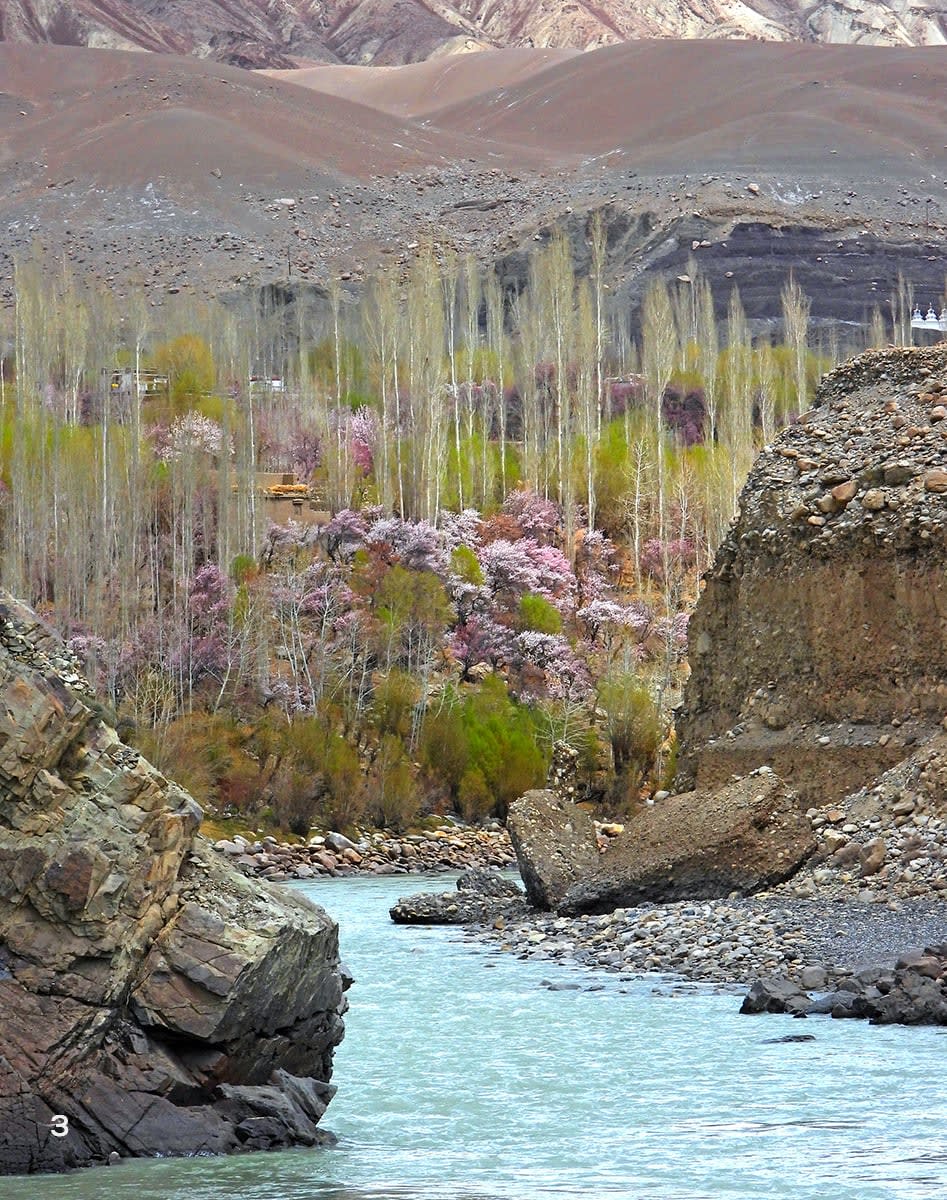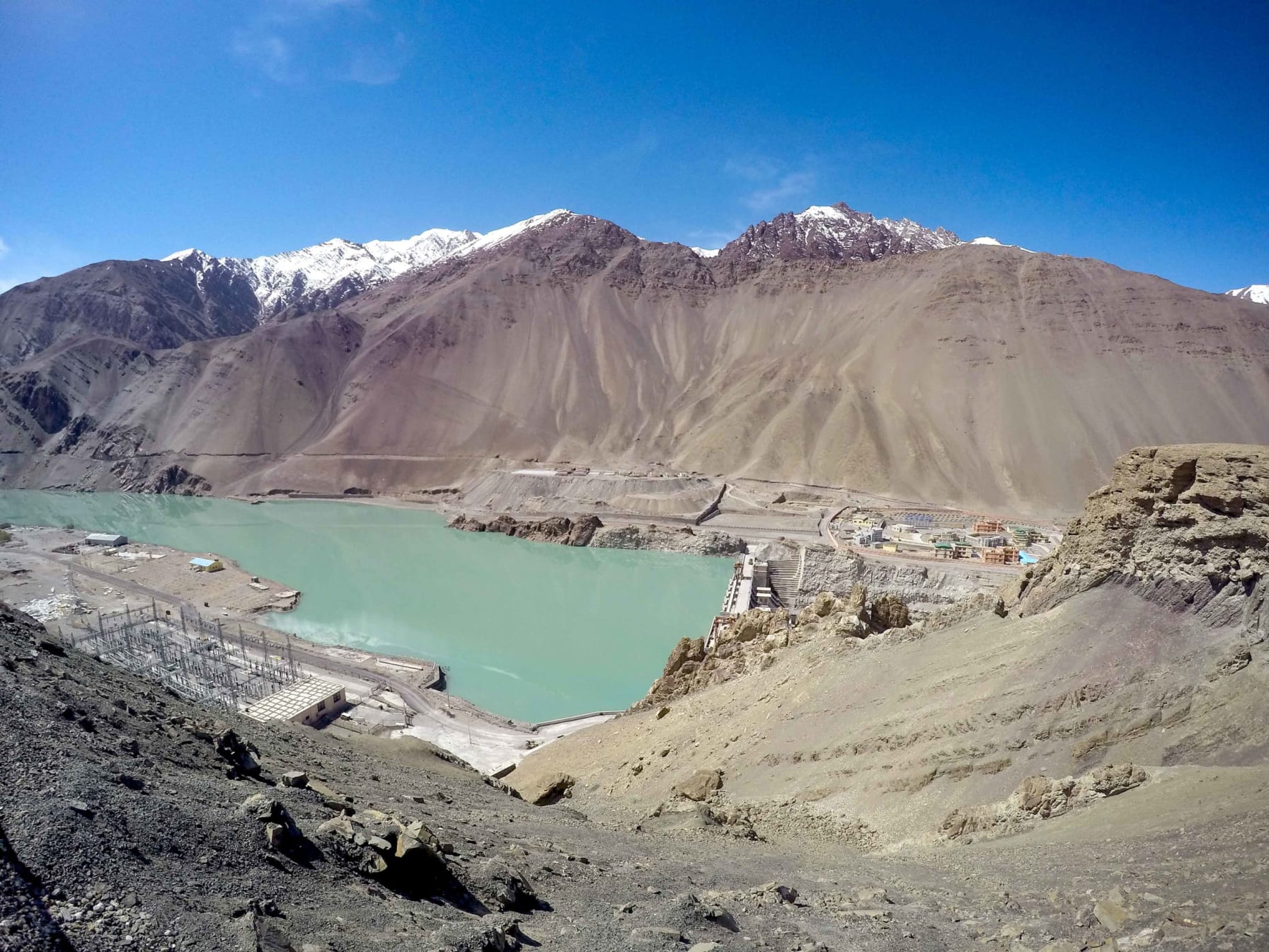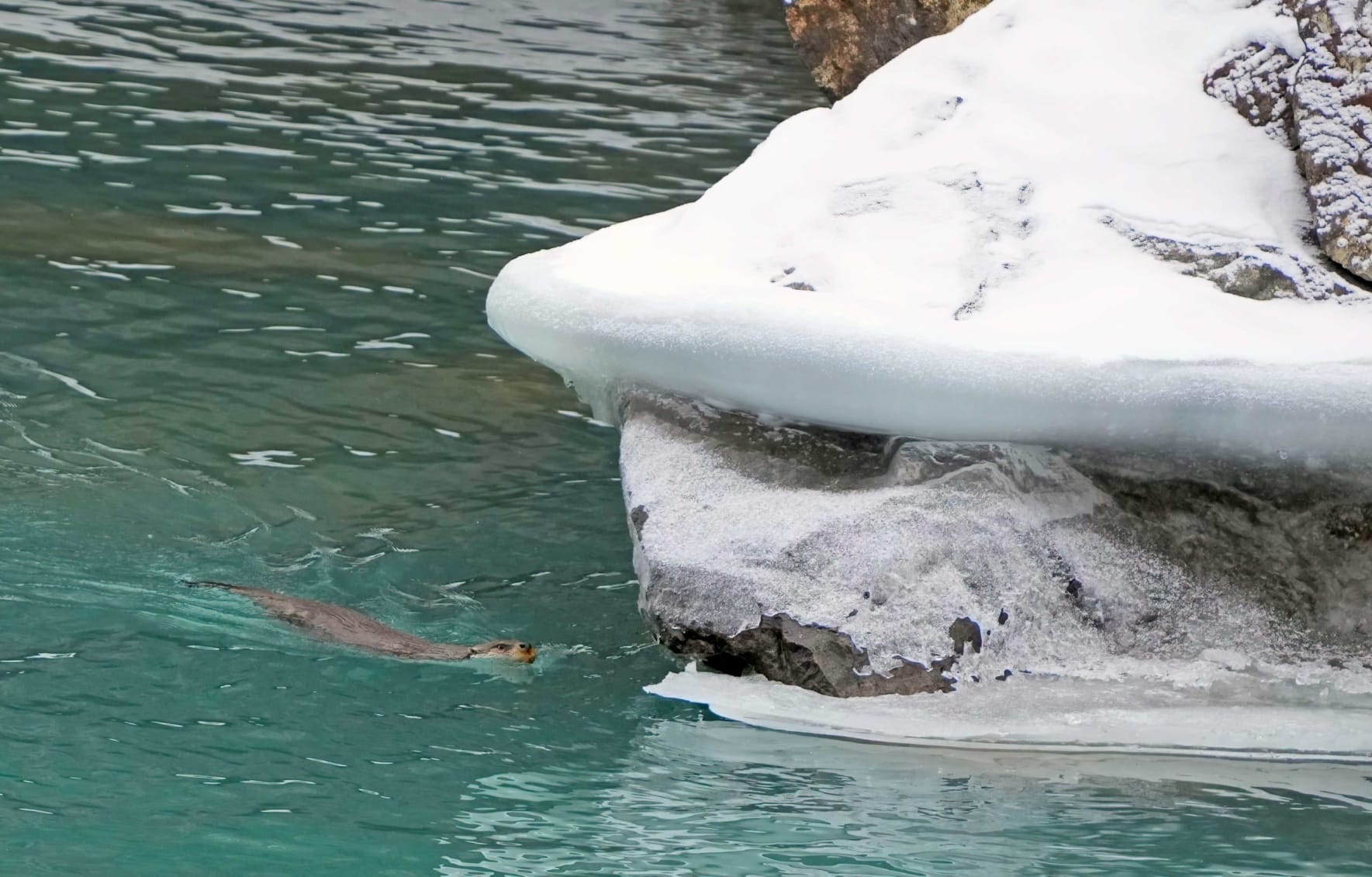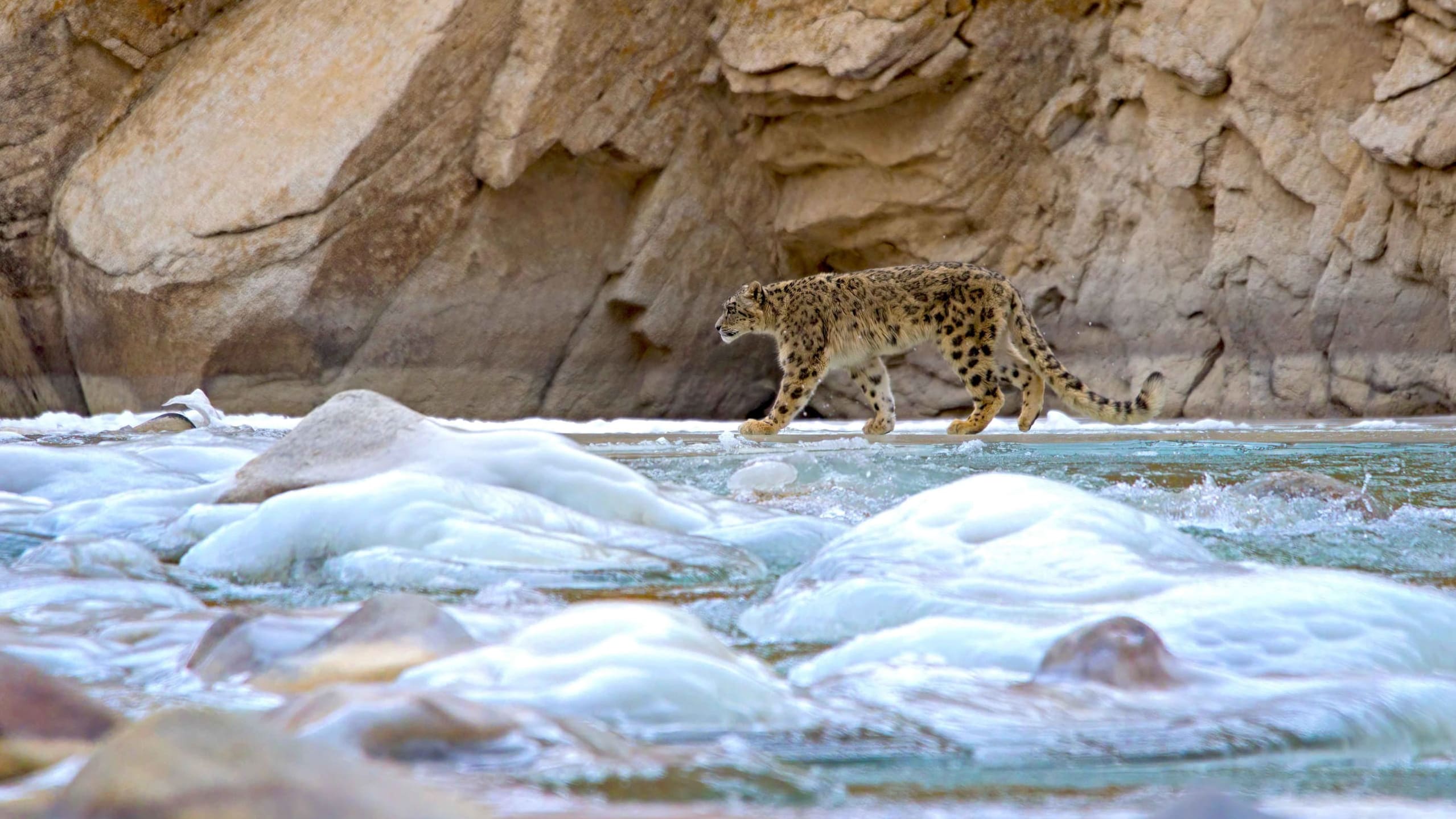 Listen to this article
•
15:34 min
Listen to this article
•
15:34 min
The Indus has many names. It is called Sengge Tsangpo in Tibet, meaning “the one from the mouth of the lion”; it is similarly known as Sher Dariya, the “lion river” in Ladakh. The word “dariya” translates to “sea” rather than “river”, so I asked several people in Ladakh why the Indus is called a “dariya” and not a “nadi” (river). Tsewang Stobdan, village headman of Alchi village, had this to say: “A waterbody so vast, endless, long, blue, and whose expanse is like the sea, can’t be merely a nadi (river)”.
The Indus River originates on the Tibetan Plateau at the confluence of the Sengge Tsangpo (Lion River) and the Gar Tsangpo (Kyi River) in western Tibet, in the watershed area north of Mount Kailash, close to Lake Manasarovar. From here it flows northwest, entering India near Demchok in Ladakh. From Demchok, it flows towards Leh and Kargil, then into Pakistan, and eventually reaches the Arabian Sea. The river is 3,200 km long, and its basin area is 1.2 million square kilometres.
The Indus has been a source of many stories and myths, shaping the worldview of the people who live around it. Jigmet Dadul of Snow Leopard Conservancy India Trust and a resident of Takmachik village near Leh recounted, “A mysterious creature from the Indus called snambu, [after its resemblance to the local handwoven wool fabric of that name] is said to coil around and eat whatever it touches. Our village elders have seen this creature floating around.” In various conversations across different villages, we heard similar accounts. These persistent stories about mysterious creatures keep the river alive for people.

Cover Photo: A snow leopard on the banks of the Indus. Ladakh is home to the highest recorded density of snow leopards in the world, thanks to its suitable habitat, prey availability, and strong community-led conservation efforts.
Since 2024, the Snow Leopard Conservancy India Trust, based in Ladakh, along with Kalpavriksh, an environmental action group, has been organising Indus River walks to map the river’s biodiversity, record stories of people’s relationships with the river, and the contemporary challenges it faces. These walks aim to revive traditional ways of knowing the river and the species that inhabit its environment.
During one of our walks in 2024, a woman from Mood, a small village 191 km southeast of Leh, said, “The river has the right to meander, sing, flow, and be alive.” In countless other ways, the river is not merely water flowing from one source to the other but rather a living being with stories and strength.
“The spirit of the river is about it being medicinal. It is a life force for us. It is precious,” said Tsering Angchuk of Thiksey village, well known for its 11th-century monastery, about 18 km from Leh.

Story of loss, pollution and destruction
The first dam on the Indus in India, the Nimoo Bazgo Hydroelectric Project, was started in 2010 in Alchi village, approximately 60 km from Leh, and officially completed in August 2014. In 2010, local people hadn’t realised the potential impact the dam could have on the river, and it was only later that they began to notice the effects. “The dam was warming turbines that continuously run deep inside the river, and hence the water has become very warm. The Indus (near Alchi) doesn’t freeze anymore in winter, and many fish have also disappeared from the river because of that,” said Stobdan.
Now, with glaciers receding, Ladakh is experiencing longer summers, milder winters, reduced snowfall, and unexpected heavy rainfall. For instance, in August 2025, Leh recorded the highest rainfall in 52 years, an unprecedented 80.2 mm, which resulted in excessive water in several streams. During this rainy month, another issue raised concerns in Spituk village, about 7 km from Leh. Villagers complained of untreated sewage being discharged from the Agling sewage treatment plant (STP) into the Indus. Jigmet Wangchuk, headman of Spituk, said, “Due to excessive rain, the water reaching the treatment plant was more than double its capacity, and hence untreated sewage water was being channelled into the river.” He termed it a major environmental and public health threat. Additionally, several restaurants, hotels, and car wash facilities had been dumping wastewater containing oil and grease on the riverbanks, which entered the river with the rainwater. Only after that were the units mandated to deploy Effluent Treatment Plants (ETPs). Tsewang Namgail of the Snow Leopard Conservancy India Trust points out that this has caused “eutrophication, a condition where excess organic matter overloads the waterbody. Combined with global warming this results in reduced dissolved oxygen in the river, directly impacting aquatic flora and fauna”.

“The Indus gives us water as well as strength. When I was young, the water in the river was up to my neck, but now it has reduced considerably. It is not drinkable. Stray dogs are attacking birds and other small animals, and the government says that they can’t do anything,” says an elder from Mood village. “Dariya must have the right to flow. The river is medicinal because it crosses many paths, rushing through rocks and carrying sediment from sacred lakes, glaciers, and surrounding lands. The river’s water was like the ‘prasad’ of the glaciers, but that has now changed. The water is so polluted, we are scared of drinking it,” said Tsering Smanla from Shey village.
In a cold desert, snowfall and glaciers are the primary sources of recharge, maintaining the thick marshy grasslands. However, climate change, extractive tourism, and ecologically destructive projects have significantly impacted the quality of pastures available for grazing wild animals and livestock. Birds, such as black-necked cranes, bar-headed geese, ruddy shelducks, Tibetan sandgrouse, terns, grebes and brown-headed gulls, migrate to the banks of the Indus and high-altitude lakes for breeding, but their habitats are under threat. In several recent incidents, free-ranging stray dogs have killed red fox newborns, Pallas’s cats, ibisbills, and black-necked cranes that nest in the marshy areas in the Changthang grasslands and close to the Indus banks.

The Indus is alive
Chumathang is famous for its hot springs, traditional healing practices, and stunning views of the Indus River. During the first year of walking the river, some of us sat to talk to government school children in the remote Chumathang area about rivers, stories, and the rights of rivers. A shy young girl, hiding her face behind her friend, said hesitantly, “The river has the right to sing”. We were amazed to hear young children articulating this deep interconnectedness with the river.
The Indus has been flowing for centuries and is the oldest known river in the Himalayas. It helped craft early human civilisations and has seen empires rise and fall. It is for us to remember that our fate as humans flows with the rivers. A wounded, polluted river means a wounded, polluted present and future. What can we do now so that the Indus and other rivers flow freely and unpolluted? And how can our lives be free of destruction and pollution? How can Sher Dariya, the Lion River, the Indus, remain free, alive and thriving?














